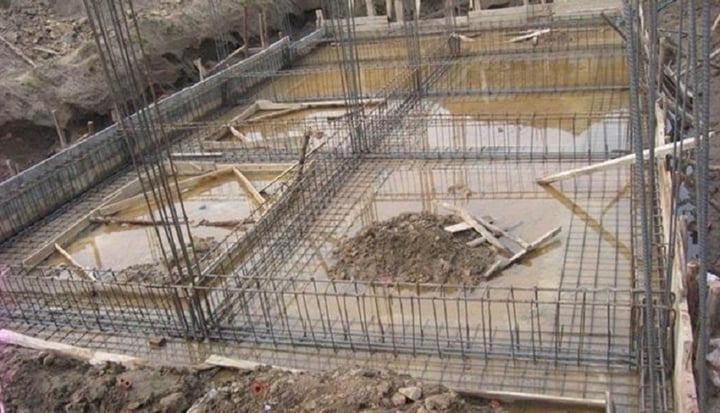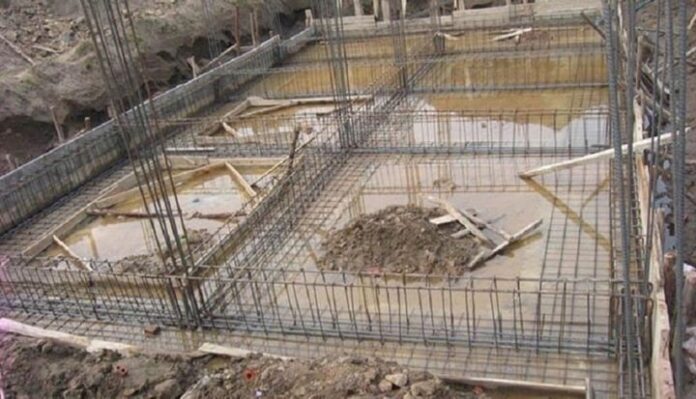Starting construction on an auspicious day is a common practice among homeowners. However, unexpected events like rainfall can occur, leading to the question: Is it auspicious to pour a house foundation on a rainy day?
Scientifically speaking, pouring a foundation in the rain poses potential risks to the quality and safety of the structure. Heavy rain increases the moisture content in the foundation hole, causing the surrounding soil to become soft and prone to subsidence. This can result in foundation settling, landslides, and reduced load-bearing capacity of the building.
Additionally, rainwater can dilute the concrete mix, altering the carefully calculated ratio of components. This may weaken the concrete and make it more susceptible to cracking. Rain can also slow down the curing process of concrete, leading to extended construction times and potential inconveniences. In cases of heavy rainfall, water can accumulate in the foundation hole, causing flooding and further delays.
On the other hand, rainy weather can make the soil softer, which simplifies soil compaction and foundation compaction while still ensuring settlement resistance. It also results in a thicker and more solid foundation structure. Moreover, cooler temperatures during rain can make working conditions more pleasant for construction workers compared to hot and sunny weather.

Pouring a house foundation in the rain may affect the quality of the structure. (Photo: Vinavic)
From a feng shui perspective, water is considered a symbol of life and a bringer of good fortune and prosperity. Therefore, pouring a foundation in the rain is seen as a positive omen, signifying nature’s blessing and good luck.
However, in cases of heavy or prolonged rain, there may be potential negative impacts on the underground water flow, which could lead to feng shui-related issues for the home.
What to Do If It Rains While Pouring a House Foundation?
As the weather is an unpredictable factor, homeowners may not always be able to anticipate rainfall accurately. If it does rain during foundation pouring, appropriate measures should be taken.
For light and brief rain, it is advisable to wait until the weather stabilizes and the concrete reaches the required standard before resuming construction.
In cases of heavy rain, construction should be halted, and the foundation should be covered with tarpaulins to prevent direct rainfall. It is also crucial to ensure electrical safety during the construction process to prevent accidents. Resume construction only when the rain stops or reduces to a light drizzle.
For prolonged heavy rain during foundation pouring, a concrete construction joint can be used as a solution. A construction joint is a planned interruption in the concrete pouring process, creating a point of connection between the new and old concrete layers.
Before stopping the concrete pouring, it is essential to create a flat and square construction joint perpendicular to the direction of the compressive force transmitted to the structure. This ensures the durability and stability of the building. Construction joints are an effective way to manage interruptions during construction.
When resuming construction after the rain, workers should pay close attention to properly handling the interface between the old and new concrete layers to ensure optimal adhesion.
















